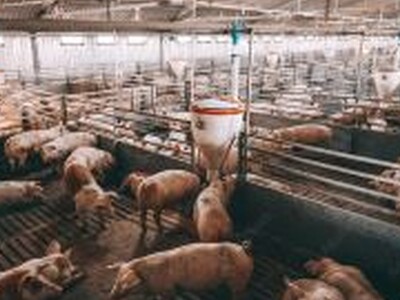Antibacterial Communication
Antibiotic resistance is a problem for both humans and animals, but solutions stall in the blame game between the medical and animal health communities. A book from Princeton's Dr. Laura Kahn attempts to cut to the truth of the matter and to offer some solutions. Kahn embarked on a study that looked at how the government responded to biological threats. Her work revealed a communications void. As I have reported many times in the recent past, I am not positive that all physicians are quite as keenly aware of the anabiotic crisis as they should be. Again, communication seems to be a medical liability.In Sweden stringent regulations of antibiotics use in livestock contributed to rising domestic meat prices compared to cheaper imported meat, Kahn writes. In Europe, whole genome sequencing suggests that a bacteria known as VRE in human patients might have come from pet dogs rather than livestock, as initially suggested.
Kahn says that we must collaborate and use better tools — like whole genome sequencing — if we are to fully understand the emergence and spread of resistant bacteria


















